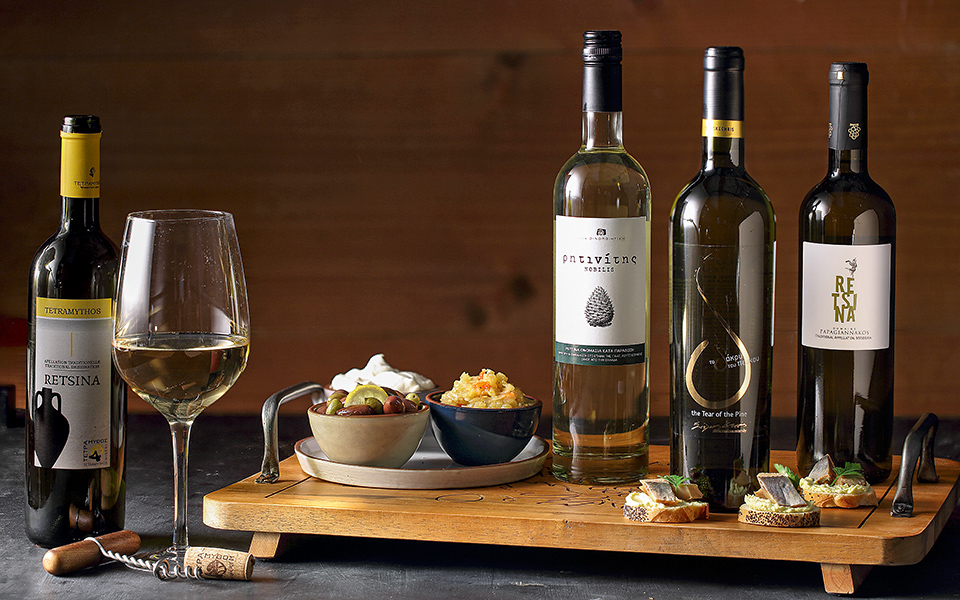The custom of adding resin to wine dates back to ancient times; it is hardly surprising that the vine would, at some point, meet a neighboring pine, particularly in Central Greece, where the two grow in such close proximity. And while the discovery of wine itself has been attributed to a random event – a happy accident, if you will – the use of pine resin was quite possibly man’s first calculated intervention in the magical transformation that turns mere grape juice into precious wine.
How did this come about? Thanks to both its antiseptic and preservative qualities, thick resin from the Aleppo pine tree was first used to seal wine casks. It was also utilized to seal porous clay amphorae in ancient times, helping to ensure safer transportation and storage for the contents. Over the centuries, winemakers began to notice that the pine resin imbued the wine with a distinctive flavor and its use as a sealant became even more widespread. Later still, we find evidence of resin being mixed directly into the wine to improve its taste. Some vintners, it appears, even added whole pinecones to the clay jugs.
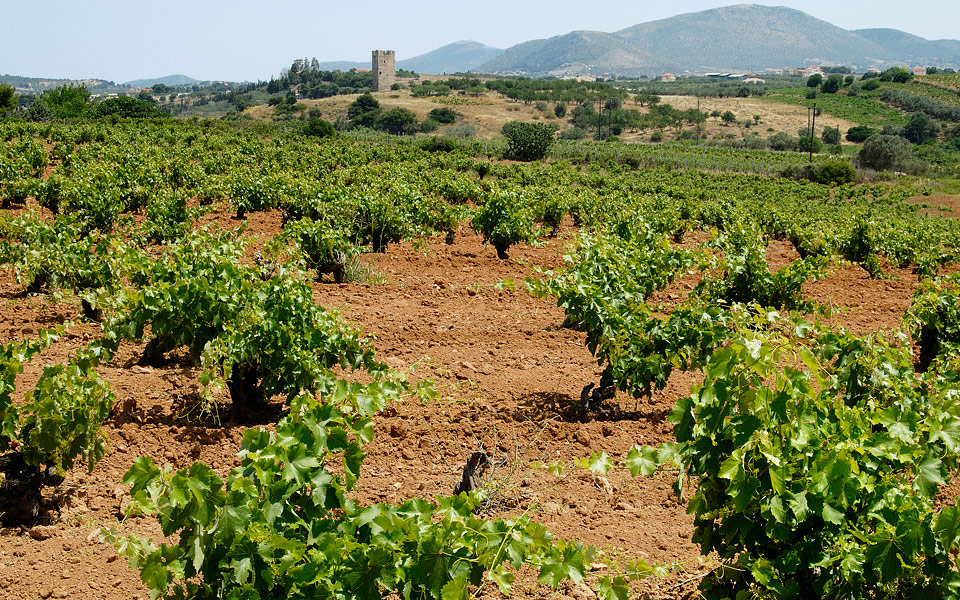
© Kornaros Tsinganos
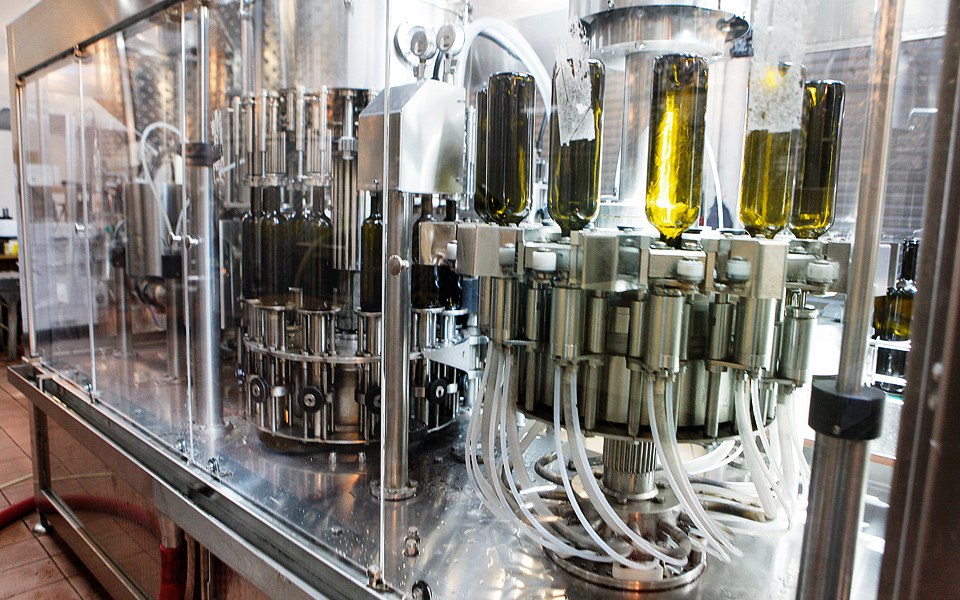
© Katerina Kampiti
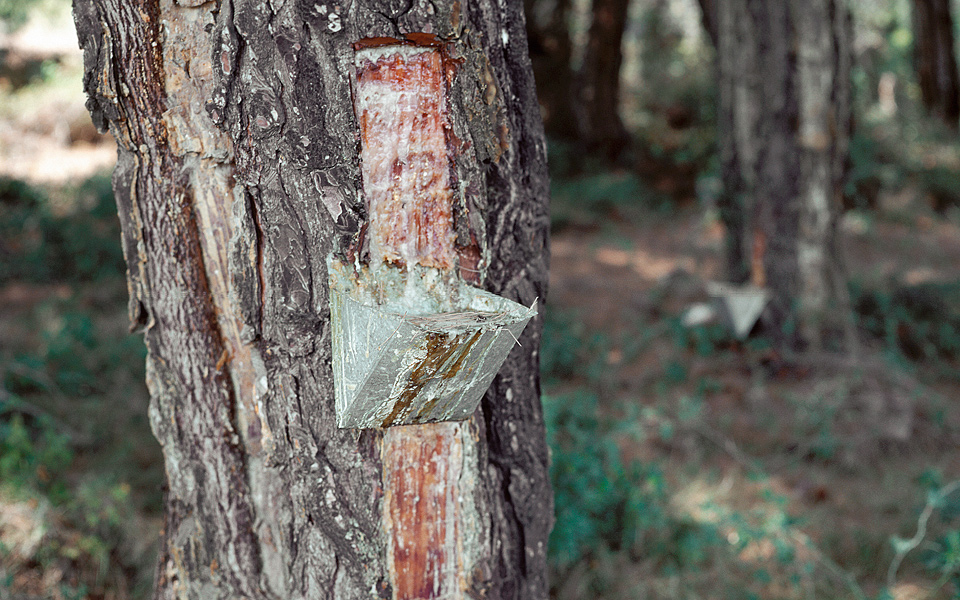
“Winemakers have taken on this rather cantankerous wine, experimented and performed a daring but successful leap of faith. ”
Falling from grace
During the 19th century, the addition of pine resin was augmented by the use of pine casks to hold wine. A particular marriage of flavors was achieved by storing or aging wine: it developed a peppery taste, a carbonic mouthfeel and a grainy aftertaste. After this type of cask disappeared from winemaking, pine resin itself remained in use, but now it became a means of masking the flaws of substandard wines. In fact, it was this use of resin as a concealing agent of sorts that eventually gave retsina its bad reputation, a notoriety from which it is only now starting to recover.
Meanwhile, as 20th century Greeks left the countryside for the cities and started to travel more extensively, they developed a taste for fruity, unresinated wines, which they deemed more sophisticated.
Retsina, long associated with the “common-folk” culture of tavernas – where it was mainly sold and consumed – was no longer considered acceptable at the dining tables of the country’s aspiring Western-minded bourgeoisie. This, in turn, caused a downward spiral, not only for retsina but for the Greek wine industry as a whole. With few exceptions, retsina became a terrible wine – rough, harsh, lacking in flavor and character – that was served only at tourist traps.
In the minds of both foreign and domestic consumers, all Greek wine became associated with bad retsina, and early efforts to produce good-quality unresinated wine were unable to overcome this obstacle of public perception.

© Alexandros Avramidis
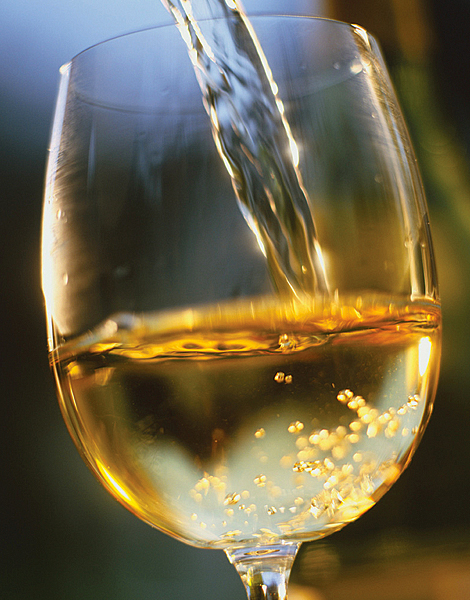
© VisualHellas.gr
FOOD PAIRING
Retsina is the perfect wine to serve with all kinds of Greek meze and entrees, from spit-roasted lamb or offal-stuffed kokoretsi, to fried whitebait, grilled sardines or fish fillets cooked in a fresh tomato sauce. It also pairs well with pasta dishes, particularly those with strong Mediterranean flavors such as pesto sauce.
Retsina has an alcohol content of 12 to 12.5 percent and is best served chilled at 10C. Despite the taverna tradition of serving retsina in small tumblers, it is in fact better to avoid serving it in a stemless glass, as the body heat from the drinker’s hand will quickly warm the wine, and retsina simply doesn’t taste as good if it’s not cold.
Promising present
Eventually, high-quality unresinated Greek wine did manage to win over the public, but retsina, which, thanks to its unique flavor, could have been a leading ambassador for Greek wines, was left behind. This abandonment was a cruel fate for the humble but long-lived retsina. This is particularly true when one considers that it is only thanks to the ability of the resin in retsina to mask inferior taste characteristics that Greeks remained wine drinkers at all, when in fact they could have turned to other alcoholic beverages.
Lately, however, things have improved; there has been a revival of this very special wine, with a number of visionary producers investing in its “Greekness.” They are hoping to put retsina back on the path to success, both in Greece and abroad. They have taken on this rather cantankerous wine, experimented with it and performed a daring but successful leap of faith. They have achieved harmony between the varied fruity tones of the grape and joined it with the distinctive yet discreet flavor of pine resin, underlined with hints of mastic gum, rosemary and sage, the slight bitterness of the pine needle and a peppery finish.
Good-quality retsina features a balsamic quality imbued into the wine by the pine resin which nonetheless allows the grape aromas to come through. An almost indiscernible bitterness gives it a refreshing finish, as though the wine were aerated, making it the perfect companion for the heavier or more complex traditional Greek dishes.
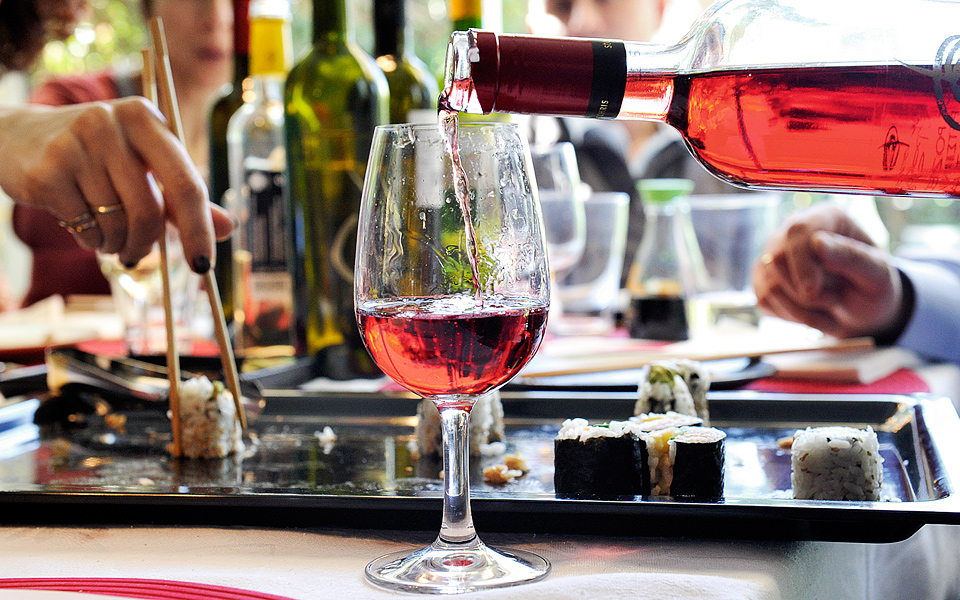
© Vangelis Zavos
A number of excellent retsinas have emerged in the market, satisfying contemporary demand for sophistication while still maintaining their own traditional character. These retsinas are also making inroads at distinguished competitions, forums where it would have been inconceivable to send a retsina just a few years ago.
Historically, the main production regions have been Attica, Viotia and the island of Evia; in recent years, Macedonia, the Peloponnese and the island of Rhodes have all been making strides in production as well. The more common white retsina is most often made using Savatiano grapes, as they are robust enough both to stand up to the resin and to participate in the wine’s complex flavor structure. In recent years, the Assyrtiko and Xinomavro varieties have also been used in white and rosé retsinas respectively.
When making retsina, the grapes are processed in the usual manner, but a small amount of resin (always taken from the Aleppo pine) is added at the start of fermentation and then removed once it has released its flavors. The best resin is still sourced from pine trees in the Attica region, although Evia, Ilia and Corinthia are now emerging as significant producers.

